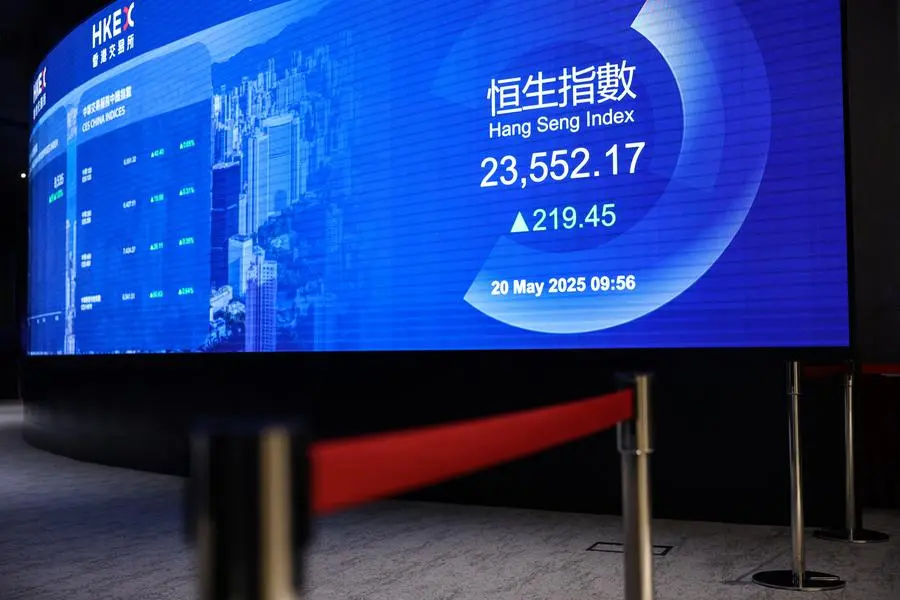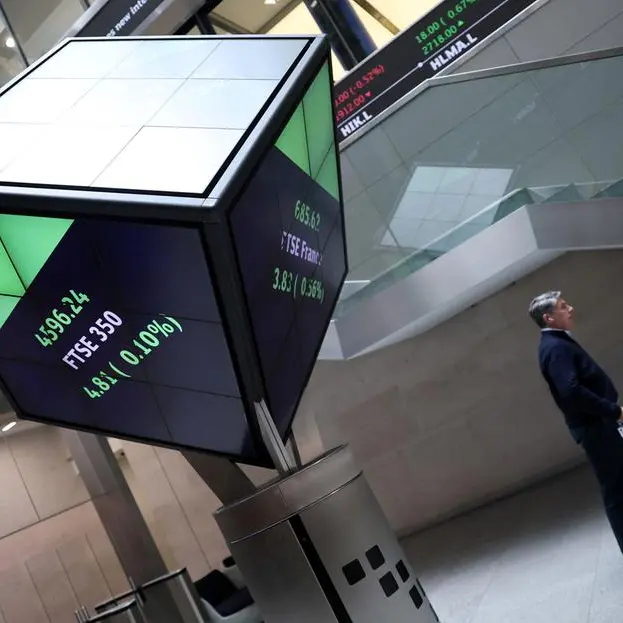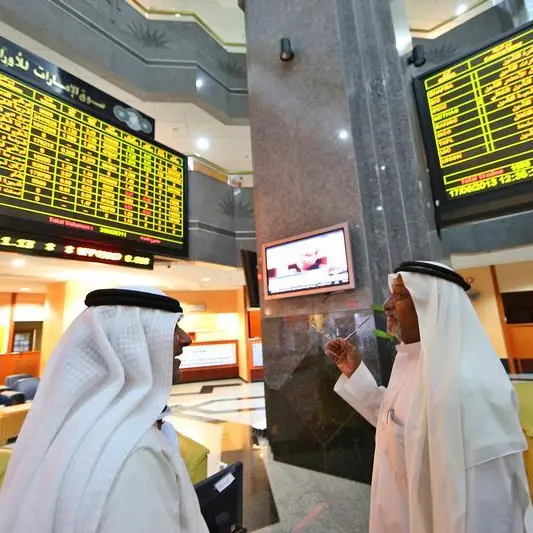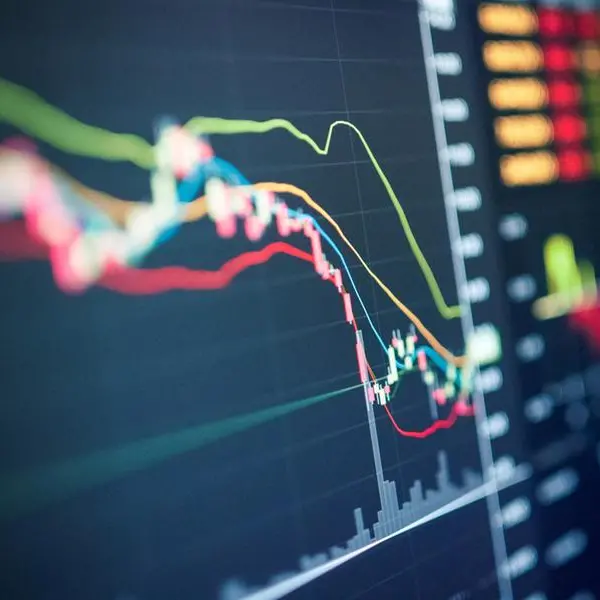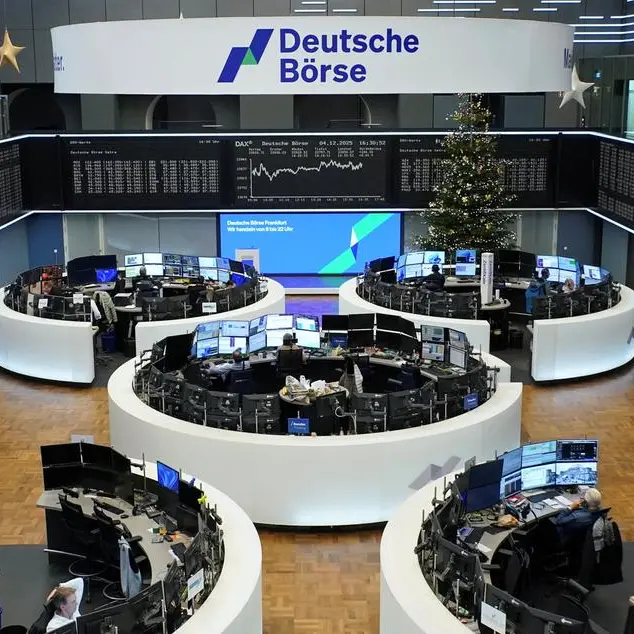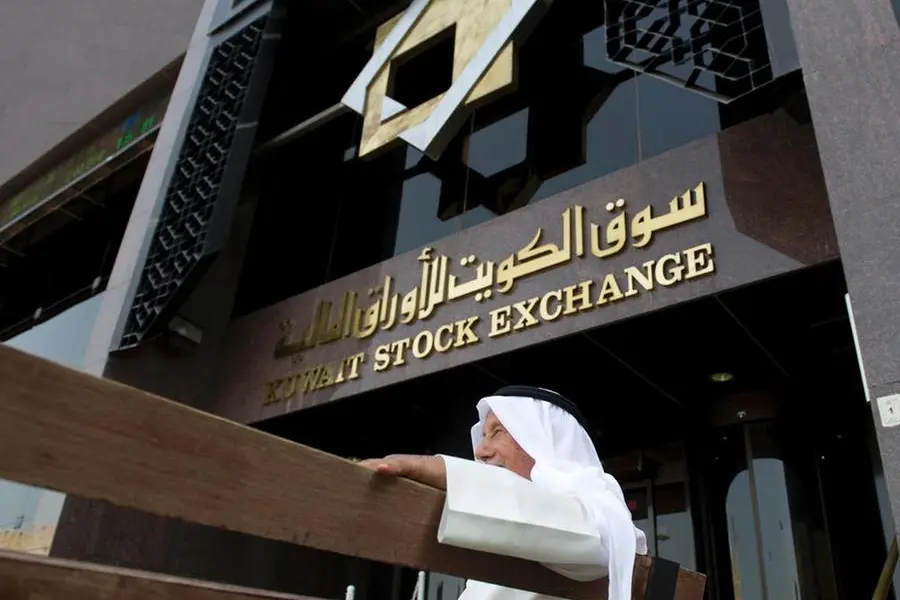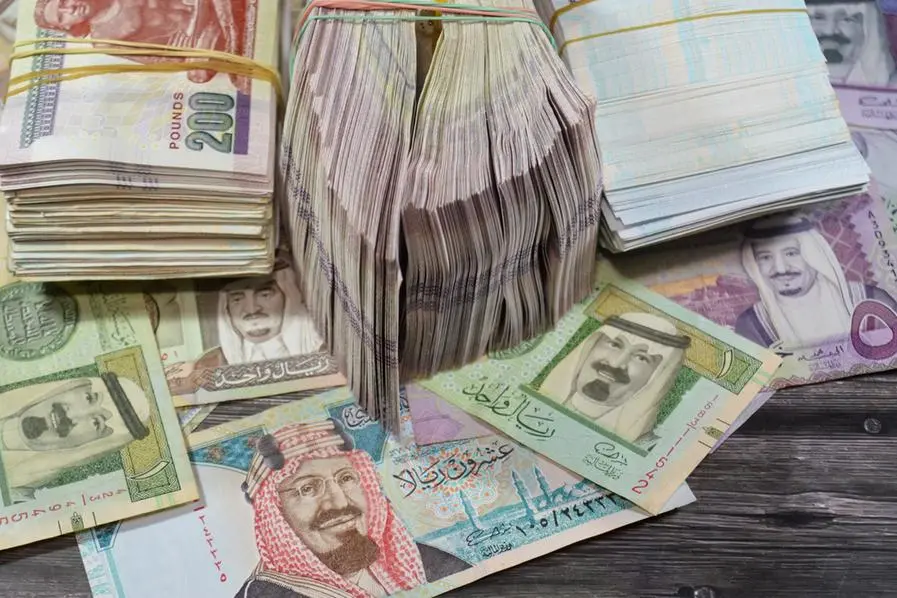PHOTO
Global markets were jittery on Wednesday as investors awaited a U.S. interest rate decision later in the day and escalating Middle East hostilities weighed further on a global economy already grappling with the uncertainty of U.S. tariff policy.
Traders were closely monitoring the impact of the Israel-Iran air war, now into its sixth day, on global oil supply, as Brent crude prices rose in Asian trading, dropped during the European morning and were last up 0.2% at $76.61 a barrel.
European stocks shed 0.5%, with most major equity gauges in the region also dipping into the red, as the risks of disruption in the Strait of Hormuz, a key conduit for seaborne oil, darkened growth prospects in energy-importing nations.
This swirling mass of geopolitical and economic risks helped the U.S. dollar hold firm, regaining some of its safe haven status after months of taking hits from President Donald Trump's erratic tariff announcements and concerns over U.S. debt.
An index tracking the greenback against major peers including the euro and Japan's yen was steady but on track for its first weekly rise in four. The euro edged higher on the day but remained set for a small weekly decline.
U.S. equity futures barely moved as traders avoided laying bets on how the Federal Reserve was planning to steer monetary policy through the cross-currents of weakening growth, mounting geopolitical risk and inflationary tariffs.
The Fed was expected on Wednesday to keep its main funds rate steady in the 4.25%-4.50% range it has held since December and issue monetary policy projections, known as its dot plot, that signal it will not move decisively for months to come.
ESCALATION
Israel's largest ever air strikes on Iran, launched after it said it had concluded Tehran was on the verge of developing nuclear weapons, pose a serious threat to global economic growth prospects as well as to international security.
With prospective oil price rises already seeping into monetary policy outlooks everywhere from Britain to Japan, Iran's Supreme Leader Ayatollah Ali Khamenei on Wednesday rejected Trump's call for Tehran's "unconditional surrender".
"The markets are trying to figure out that risk of a big U.S. military intervention. It's hard to say exactly what the market is thinking, but judging by the oil price and currencies, they're certainly pricing in at least some risk that something goes very bad there," said Joseph Capurso, head of international and sustainable economics at Commonwealth Bank of Australia.
The dollar standing firm also kept a lid on gold prices, which were last flat at $3,386 an ounce as the precious metal, which has surged for months, maintained its inverse link with the U.S. currency.
UNCERTAINTY REIGNS
The conflict in the Middle East, combined with prolonged uncertainty over Trump's tariffs and signs of fragility in the U.S. economy, make for a challenging backdrop for the Fed.
U.S. retail sales fell by a larger-than-expected 0.9% in May, data showed on Tuesday, the biggest drop in four months, while labour market indicators are showing weakness.
"Markets are going to be closely watching the Fed’s quarterly dot plot for clues on how and when the central bank will resume its cutting cycle," Insight Investment co-head of global rates Harvey Bradley said.
"As tensions in the Middle East have the potential to threaten the inflation picture further, it cannot be ruled out that projections adjust to reflect just one rate cut this year,” he added.
U.S. Treasury yields edged lower again after falling on Tuesday, when investors poured into government bonds in response to the latest developments in Israel and Iran. Treasury yields, which set the tone for debt interest costs globally, fall when prices of the securities rise.
The benchmark 10-year Treasury yield was last about 2 basis points (bps) lower at 4.3731%, having fallen roughly 6 basis points on Tuesday as the geopolitical risks outweighed fears about the U.S. debt pile becoming unsustainable.
The two-year yield, which is more sensitive to changes in expectations for Fed interest rates, was steady at 3.948%, reflecting widespread expectations that the Fed would not cut borrowing costs too far in coming months.
But in one sign that steady Fed policy may not keep global markets calm, a closely watched barometer of investor uncertainty suggested sentiment was likely to stay choppy.
The VVIX index, which rises when traders expect the market mood to shift rapidly and is considered worth watching when it rises above 100, traded at 115 on Wednesday, having climbed rapidly from about 89 in early June.
(Reporting by Naomi Rovnick and Rae Wee; Editing by Jacqueline Wong, Jamie Freed, Kim Coghill and Gareth Jones)
